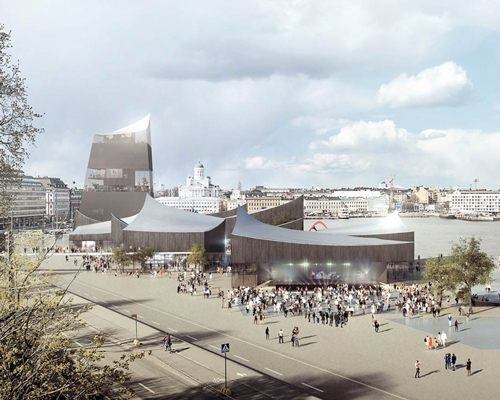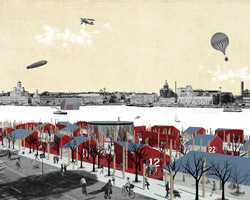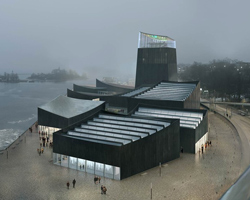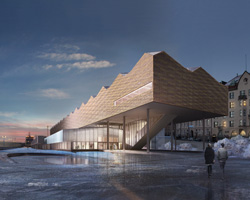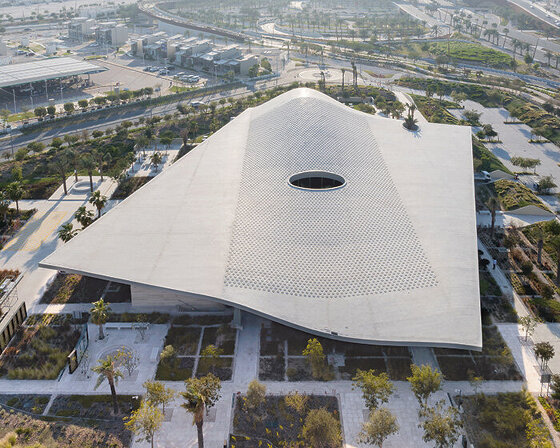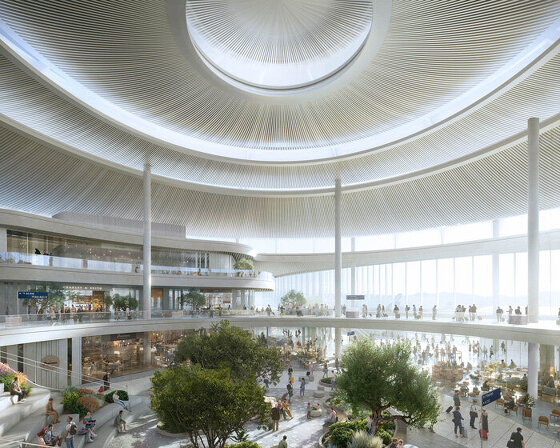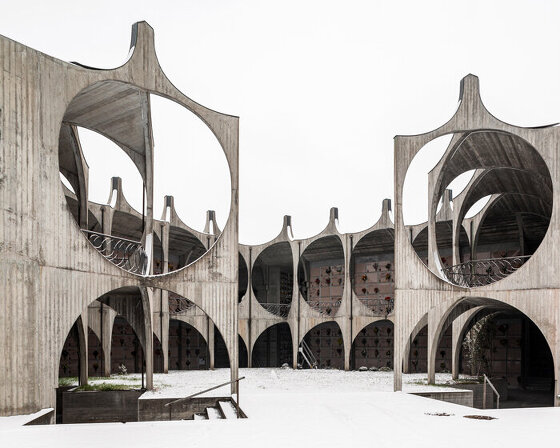contenders for guggenheim helsinki narrowed to a shortlist of six
(above) GH-04380895
all images courtesy of guggenheim helsinki
proposed designs for helsinki’s guggenheim museum have been revealed, with concepts representing both emerging and established practices. after a period of intense deliberation, the independent 11-member jury narrowed the original 1,715 anonymous submissions to a final shortlist of six, with the nominated practices as follows: AGPS architecture, asif khan, fake industries architectural agonism, haas cook zemmrich STUDIO2050, moreau kusunoki architectes and SMAR architecture studio. entries from the selected practices are still known by their entry code, and will remain anonymous until the jury’s final decision has been made in june 2015.
richard armstrong, director of the solomon r. guggenheim museum and foundation, said, ‘as we saw from the unprecedented response to stage one of the competition, this open, independent process has brought to helsinki exciting, innovative design ideas from all over the world. the jury has chosen six deeply thoughtful design approaches, each of which opens extraordinary possibilities for a guggenheim in helsinki and asks us to imagine what a museum of the future can be. we are excited to see the finalists develop the potential of their visionary designs further, and we thank everyone who has contributed to this conversation so far from the 1,715 competitors who created engaging and diverse submissions to the 200,000 people who have visited the competition website.’
see each of the projects in more detail below.
GH-04380895

GH-04380895
entry GH-04380895 links the proposed museum to the city center with a promenade that runs along the port, including a food hall and a seasonal market. organized around a landmark tower, the museum’s programs are housed in pavilion scale buildings, while the use of charred timber across the structure’s façades calls to mind the process of forest regeneration.
see the design boards for this project here.
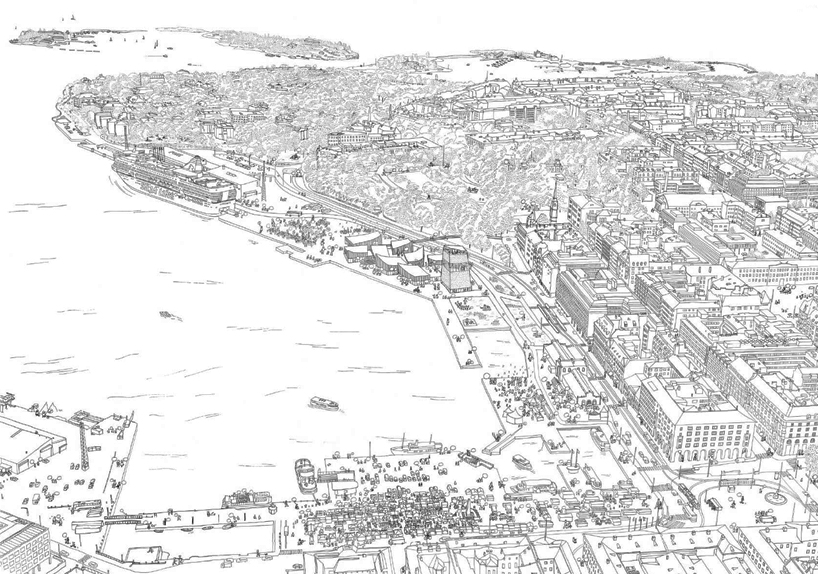
GH-04380895
GH-121371443
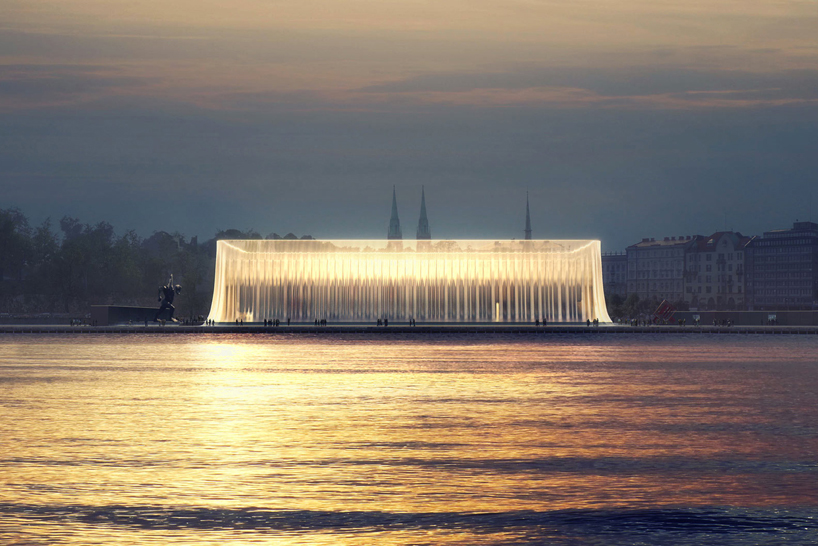
GH-121371443
through draping a skin of textured glass panels over a two-storey structure, GH-121371443 creates a distinctive public space between the building’s façade and the gallery volumes. the intelligent wrapping uses technology such as nanogel glazing and rollable thermal shutters that lend the project an ethereal, yet bold presence. internally, an annex for the work of younger nordic artists is paired with a market hall, and a service pavilion encloses a sculpture garden.
see the design boards for this project here.
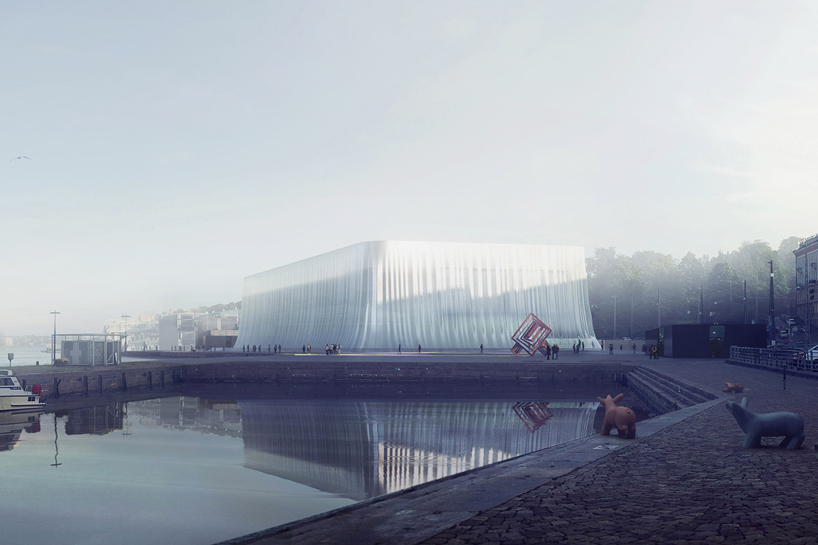
GH-121371443
GH-76091181
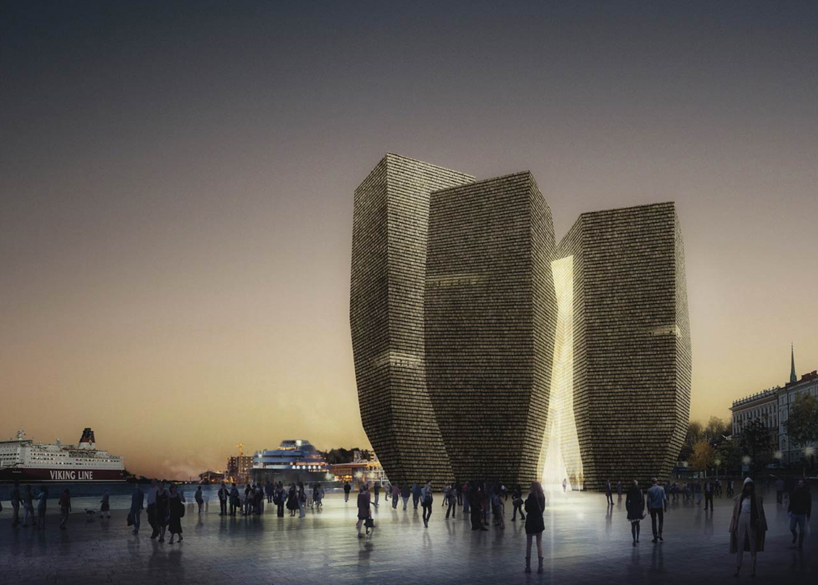
GH-76091181
GH-76091181 comprises a ring of slender, sculptural towers gathered around a central volume that rises like cathedral. faced with timber shingles, the towers stand as an architectural beacon visible from the sea and from across the harbor. exhibition galleries are housed in stacked timber cabinet, while bridges connect the towers offering breakout space for visitors.
see the design boards for this project here.
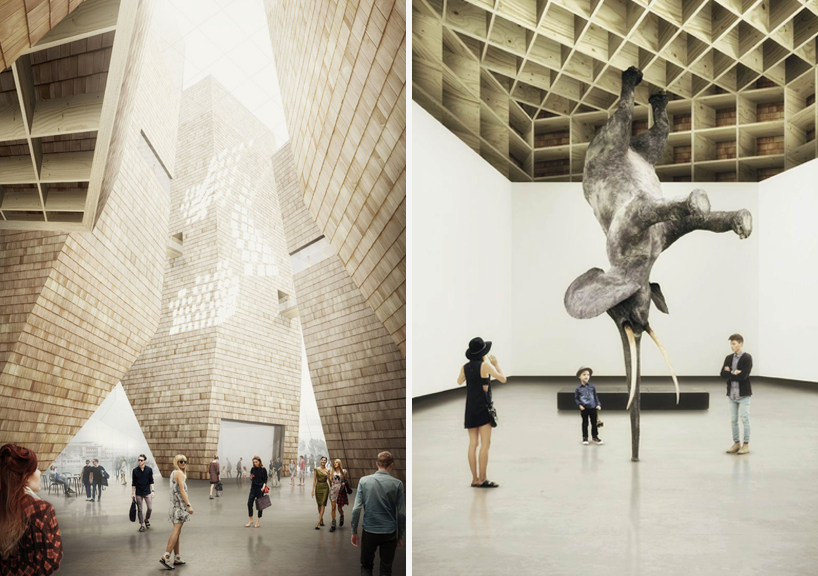
GH-76091181
GH-1128435973
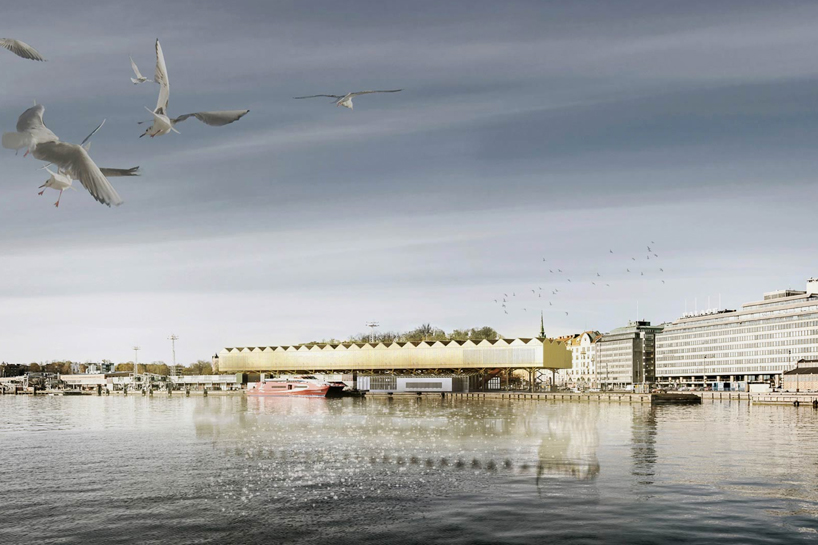
GH-1128435973
the team behind GH-1128435973 opted to adaptively reuse the site’s existing makasiini terminal while elevating an elongated volume with repeated gable roofs above. the ground area is conceived as a publicly accessible area that connects smoothly with the adjacent pedestrian boardwalk, and serves for education and civic functions. the new upper level contains the museum’s gallery spaces and remains flexible for a variety of exhibition types. the dual scheme interfaces these two clearly different elements in order to create a facility that, ‘engage its public to co-create value and meaning.’
see the design boards for this project here.
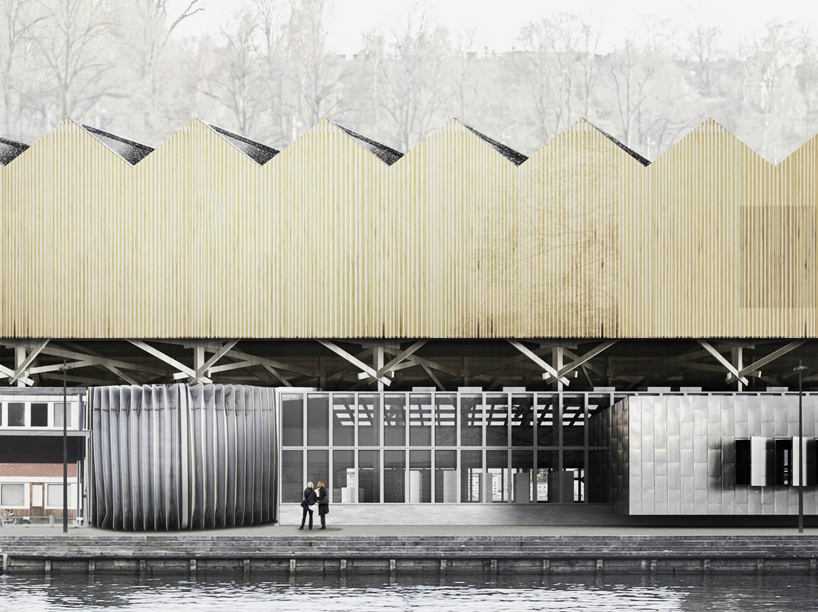
GH-1128435973
GH-5631681770
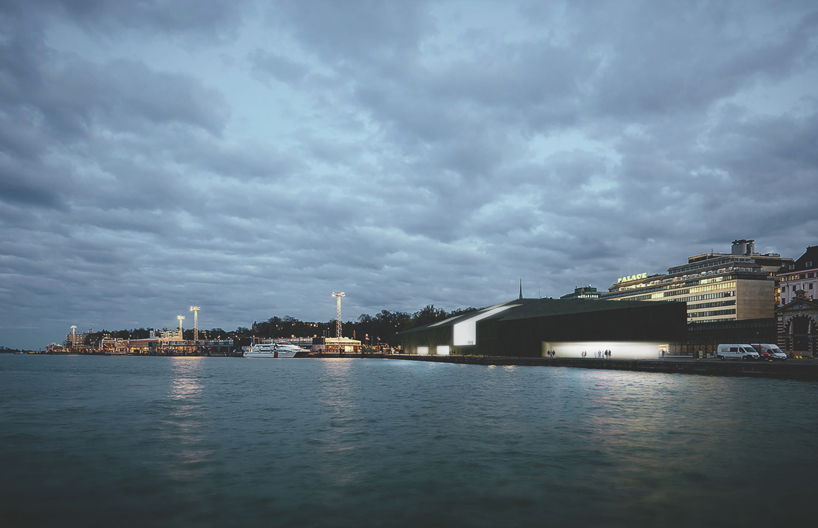
GH-5631681770
the proposal identified GH-5631681770 sought to use the future museum as a link between the city and waterfront as well as an interface between industrial and cultural activities. the scheme is arranged around a central street running through the building’s interior. the strategy activates and opens up the museum by allowing for clear access and inclusion of unpredictable public program. the team’s description posits that the design is, ‘a critical shift from the idea of a building as static object to a building that accommodates the flux of daily life.’
see the design boards for this project here.
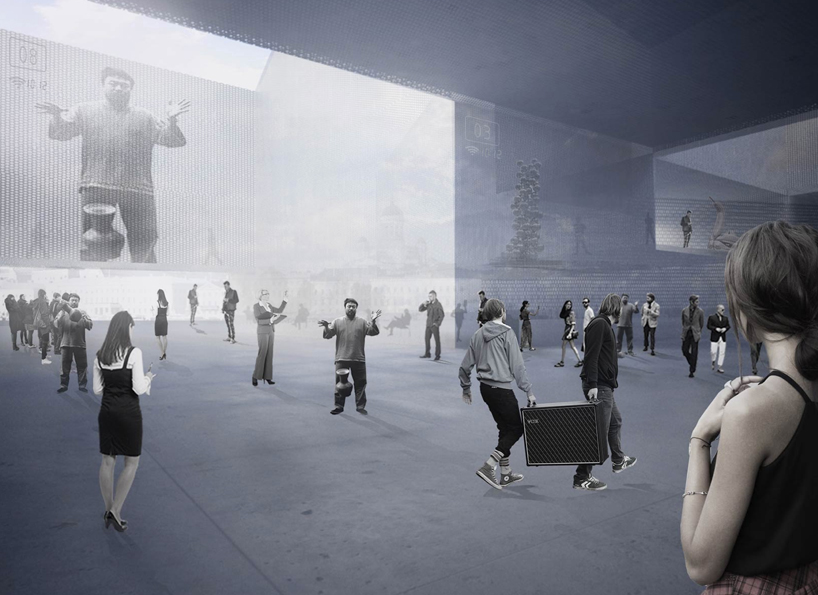
GH-5631681770
GH-5059206475
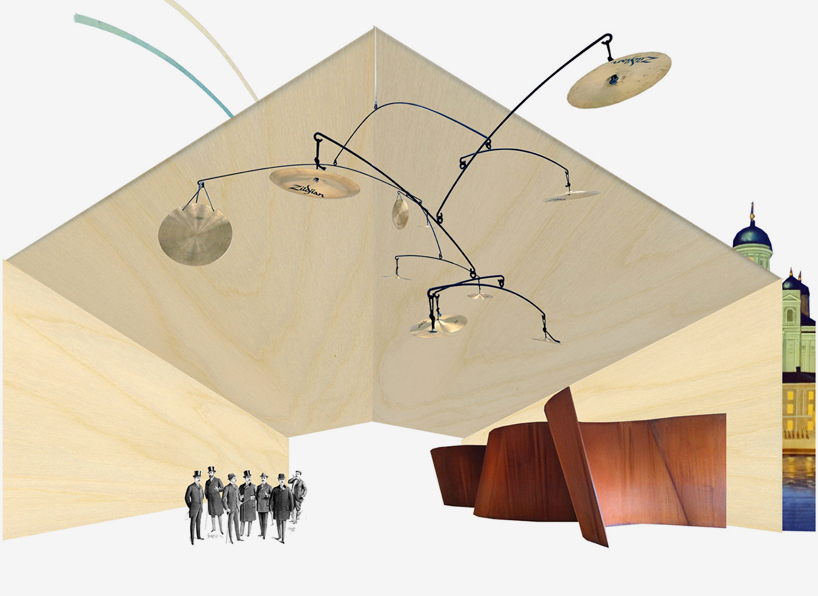
GH-5059206475
the proposed GH-5059206475 uses laminated wood to rebuild a timber design that mirrors the design of the original makasiini ferry terminal. within the structure the project creates a series of 31 rooms, with each volume independently acclimatized according to the room’s function and program.
see the design boards for this project here.
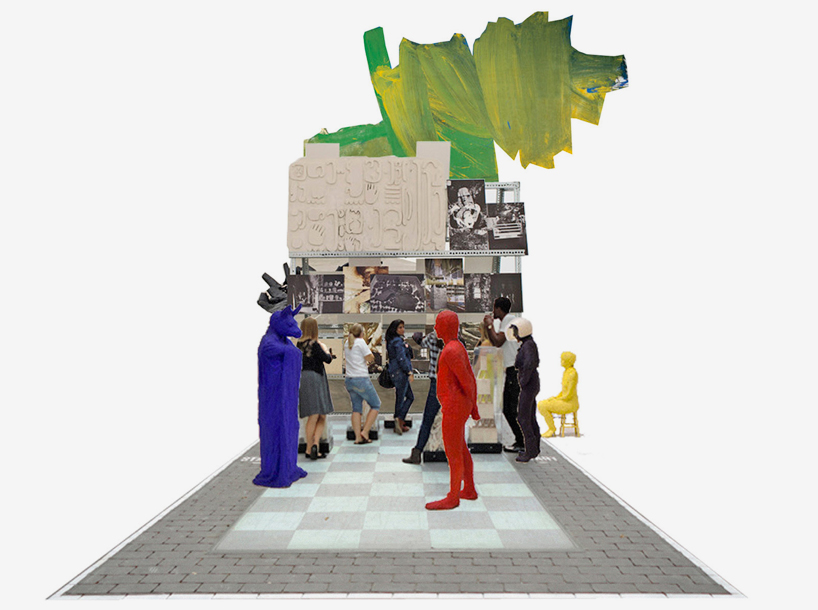
GH-5059206475
